Gli insediamenti urbani delle comunità arbëreshë. Tutela e salvaguardia di un significativo patrimonio storico-culturale ed urbanistico
Abstract
Il contenuto normativo dell’articolo 6 della Costituzione, che sancisce la tutela delle minoranze linguistiche, costituisce una delle più belle espressioni di democrazia e di inclusione del nostro paese. Esso garantisce una tutela positiva al fine di conservare il patrimonio linguistico e culturale delle minoranze in conformità ai principi di pluralismo e tolleranza. La tutela, non può prescindere dagli usi e costumi che lo caratterizzano, dalla storia che ha alle spalle, dall’uso particolare dello spazio pubblico e privato. Le caratteristiche ed i modi di vivere i luoghi della casa o del paese da parte delle minoranze arbëreshë risultano uniche e molto interessanti. Non è pensabile che in un progetto di tutela delle minoranze arbëreshë venga tralasciato l’aspetto urbanistico degli insediamenti, le diversità spaziali e architettoniche che li caratterizzano. E’ fondamentale tutelare questi luoghi che sono teatro di tutte quelle espressioni artistiche e culturali che appartengono a questa popolazione e che necessitano di un progetto integrato di conservazione e di salvaguardia. La conoscenza del territorio è fondamentale per capire le condizioni storico-geografiche che hanno portato a quelle forme di abitato e che oggi vanno scomparendo a causa di una mancata programmazione urbanistica dei borghi che valorizzi l’abitato piuttosto che svalutarlo. Il rapporto così esclusivo con il territorio naturale fa di questi paesi angoli di biodiversità naturali e paesaggistici non indifferenti
The Urban Settlements of the Arbëreshë Communities. Protection and Safeguarding of an Important Historical, Cultural and Urban Planning Patrimony
The normative content of the article 6 of the Italian Constitution, which establishes the protection of linguistic minorities, is one of the most beautiful expression of democracy and inclusion in our country. It guarantees positive protection in order to preserve the linguistic and cultural heritage of minorities in accordance with the principles of pluralism and tolerance. Protection, cannot disregard the uses and customs that characterize it, from the history it has behind, it, from the particular use of public and private space. The characteristics and ways of experiencing the places of the house or town by the Arbëreshë minorities are unique and very interesting. It is unthinkable that the urban aspect of the settlements, the spatial and architectural differences that characterize them is left out in a project for the Arbëreshë minorities. It is essential to protect these places that are the theatre of all those artistic and cultural expressions that belong to this population and that need integrated conservation and safeguard projects. The knowledge of the territory is fundamental to understand the historical-geographical conditions that led to those forms of habitation and that today are disappearing due to a lack of urban planning of the villages that values the inhabited area rather than devaluing it. Thanks to the exclusive relationship with their natural environment, these places are very interesting in terms of biodiversity and landscaping.
Parole chiave
Full Text
PDFDOI: https://doi.org/10.14633/AHR175
Refback
- Non ci sono refbacks, per ora.
Copyright (c) 2019 Domenico Passarelli

This work is licensed under a Creative Commons Attribution-NonCommercial 4.0 International License.
........................................................................................................................................................................................................................................................................................................................................................
ArcHistoR è una rivista open access e peer reviewed (double blind), di Storia dell’architettura e Restauro, pubblicata con cadenza semestrale dall'Università Mediterranea di Reggio Calabria (Laboratorio CROSS - Storia dell'architettura e Restauro, dAeD - Dipartimento di Architettura e Design).
ISSN 2384-8898
![]()

Comitato scientifico internazionale
Maria Dolores Antigüedad del Castillo-Olivares, Monica Butzek, Jean-François Cabestan, Alicia Cámara Muñoz, David Friedman, Alexandre Gady, Jörg Garms, Miles Glenndinning, Mark Wilson Jones, Loughlin Kealy, Paulo Lourenço, David Marshall, Werner Oechslin, José Luis Sancho, Dmitrij O. Švidkovskij
Comitato direttivo
Tommaso Manfredi (direttore responsabile), Giuseppina Scamardì (direttrice editoriale), Antonello Alici, Salvatore Di Liello, Fabrizio Di Marco, Paolo Faccio, Mariacristina Giambruno, Bruno Mussari, Annunziata Maria Oteri, Francesca Passalacqua, Edoardo Piccoli, Renata Prescia, Nino Sulfaro, Fabio Todesco, Guglielmo Villa
 .
. 


2.jpg)
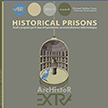
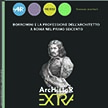
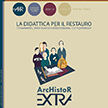
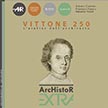
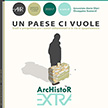
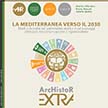
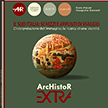
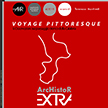
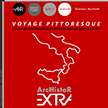
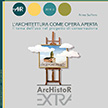
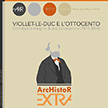
_2.jpg) .
. 
 .
. 

